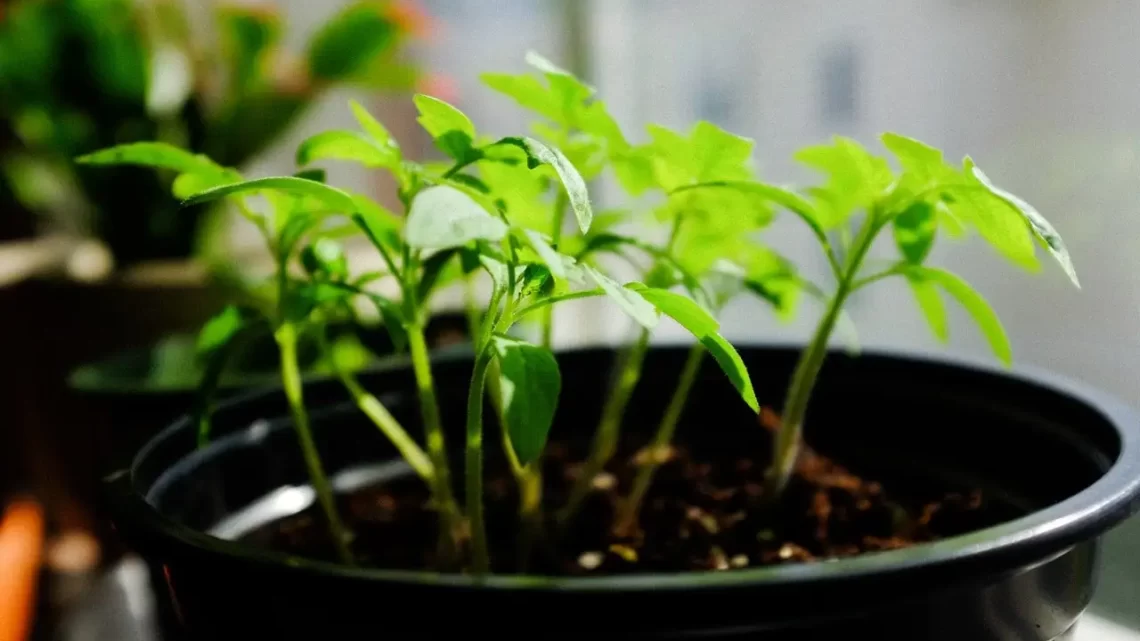
How to Start a Basement Garden
August 23, 2022Despite its small size, a basement garden is a great way to add some greenery to the house. With minimal investment, you can create a green oasis in your basement even during the cold winter months. You can also add advanced elements, like metal shelves, an oscillating fan for improved air flow, and automatic watering systems with timers. Here are a few tips that can help you get started:
Before you start planting, make sure to measure your space. Take measurements of the length and width of the area, and plan the plants accordingly. It is helpful to sketch out a rough layout of the garden space before you go shopping. This will allow you to determine the size of the planters you need and how many pots to buy. Once you’ve decided the size, you’ll have a better idea of what kind of soil you need.
The temperatures of the basement are crucial for most plants. Most vegetables thrive in temperatures around twenty-one degrees Celsius. If you’re growing vegetables, you’ll want to make sure that the area is free from drafts. Additionally, you’ll want to consider installing fans or heaters to circulate the air. This can help keep the soil from rotting. Larger areas might require industrial-sized fans. However, a small basement garden can do just fine with a home-sized unit.
For starters, it’s best to stick to easier plants, such as radishes, lettuces, and herbs. Also, it’s wise to choose dwarf varieties of vegetables, as standard-sized varieties won’t grow well in a basement greenhouse. Some plants require more sunlight than others, and don’t tolerate a cool basement environment very well. You can try growing lettuce and spinach in a basement greenhouse, but it’s crucial to make sure your plants get the best conditions possible.
Another way to get started is by buying a plant-growing kit. You can buy these online and then bring your plants up with your new plants. Once the plants have begun to sprout, it’s time to start caring for your plants. You’ll have to wait until spring before you can harvest them, but it’s worth it in the end. You’ll be glad you did! Soak your soil for at least a couple of months, and they will thank you!






